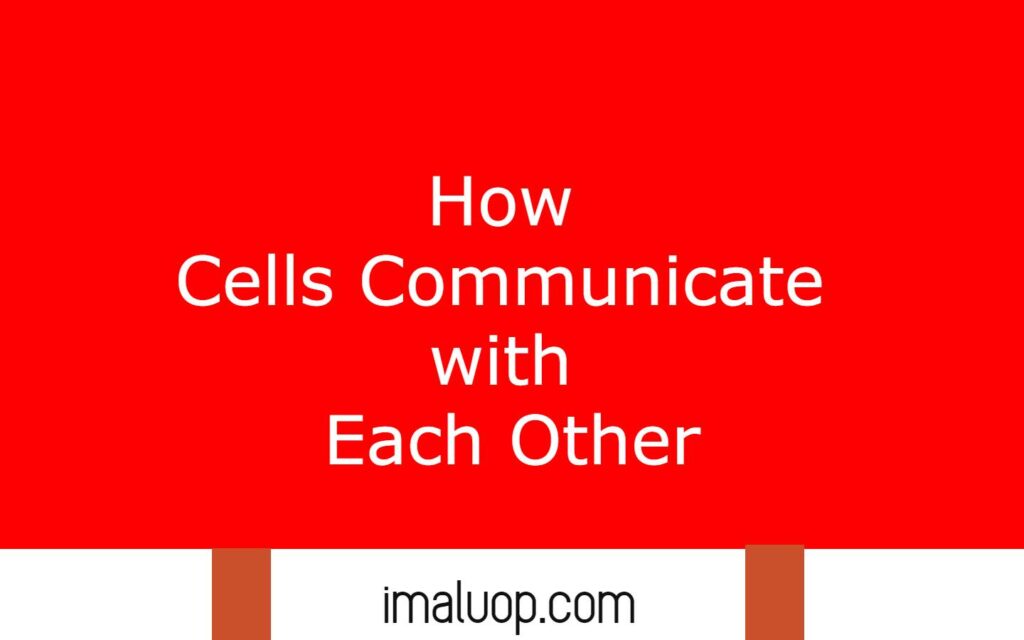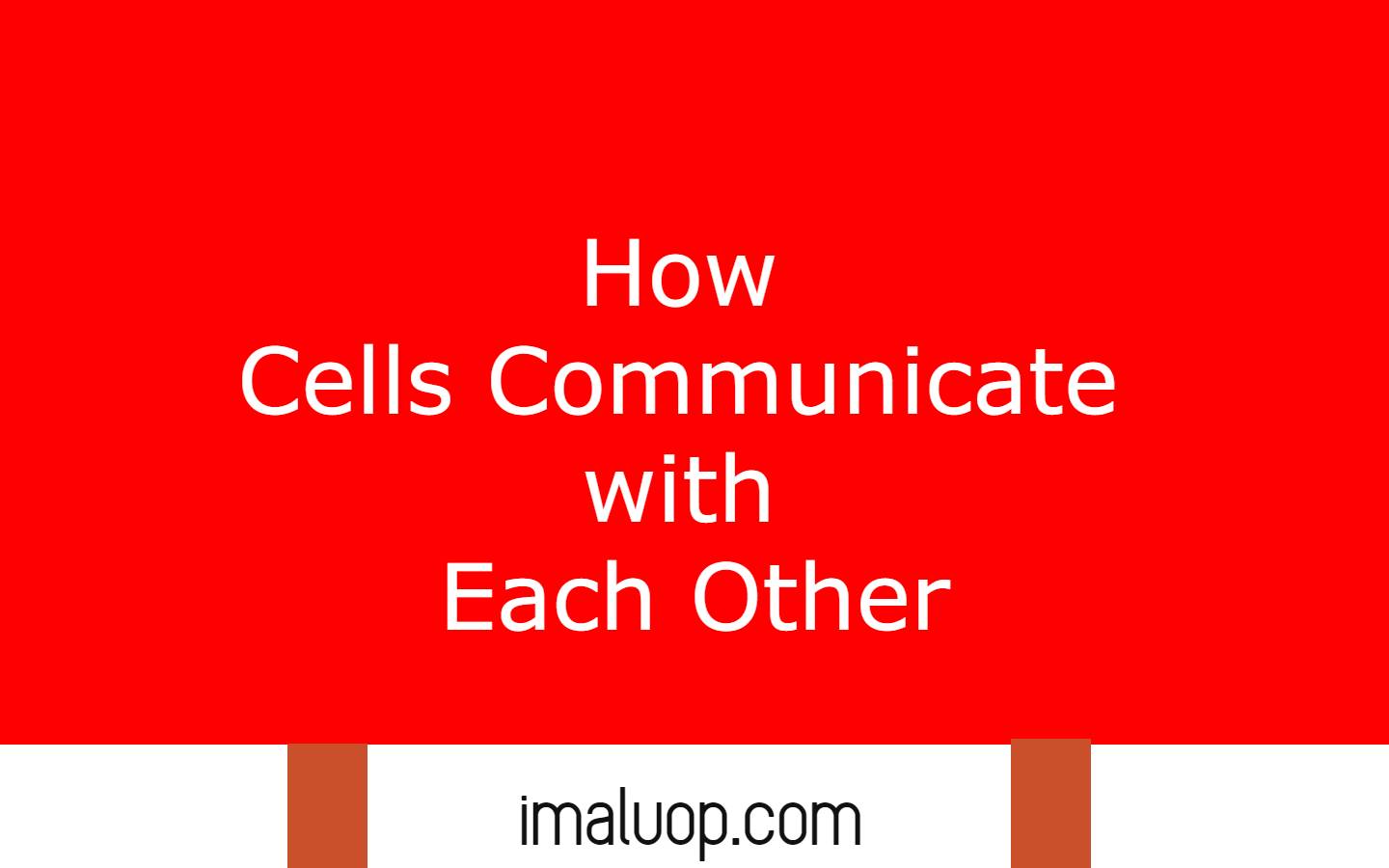Now we are going to discuss different methods of how cells communicate with each other and their signalling system which helps them to respond to external stimulation.
Table of Contents
What is Cell Signalling:
In multicellular organisms a proper communication is required among different cells because different cells perform different types of function in multicellular organisms but if they are not able to coordinate among them properly then a mess will arise.
So the cells have different mechanisms to coordinate among themselves and function together in a coordinated way and this signalling system not only occurs among different cells but it can occur inside a cell so cell signalling can be intercellular or extracellular.
For example suppose you want to move your hands then your nervous system will send a signal to the nerve present in your hands but the nervous cell need to contact with the muscle cell to move your hands now how it is possible, it is possible due to some stimulation which produced by the nerve endings present in the hand muscle and send it to muscle cell to activate the contraction in muscle and it is an example of intracellular cell signalling.
Different Types of Cell Signalling Molecules:
In cell signalling different types of molecules are present, like intracrine ligand which binds to the receptors inside a cell, autocrine ligand as seen in immune cells, juxtacrine ligand target adjacent cells, paracrine ligand as seen in neurotransmitter, endocrine ligand in case of endocrine glands.
Different Stages and Pathway of Cell Signalling:
Cell signalling occurs either in chemical pathway or physical pathway where the signalling molecules attach to the cell receptor and then it activates different successive chemicals by different enzymes and then the cell reacts according to the signal.
The signalling molecules follow different pathway in some cases they can cross the plasma membrane and reach upto the receptors present inside the cell as seen in case of lipid soluble hydrophobic signalling molecules like vitamin A but in some cases the signalling molecules bind to a receptors on the plasma membrane and activities other chemicals present inside cell as seen in case of water soluble hydrophilic signalling molecules.
Different Types of Receptors in Cell Signalling:
Intracellular Receptors:
This type of receptors is present inside a cell and it can be present in cytoplasm or inside the nucleus, in case of nuclear receptors various receptor proteins present inside nucleus and most of the time they present on DNA and they generally help to control the transcription process.
G Protein Coupled Receptors:
This type of receptors are responsible for start cascade reaction inside the cell where the receptor bind with ligand and as a result the receptor activate some enzymes and it cause activation of a second molecules and it continues in series and this type of signalling occurs in different cellular processes like inflammation and other sensation.
Ligand Gated Ion Channel:
Different electrolytic ions are hydrophilic in nature and as cell membranes are selectively permeable so the cell membrane does not allow to pass different chemical ions through the cell plasma membrane but when required a special type of ligand binds with ion gated protein channel. The transmembrane protein produce the protein channel and through it different chemical ion are able to pass through the cell membrane.

In cell signalling can occur in different ways, it can be occur by cell to cell signalling when different cells are present in contact them they communicate with each other easily but when a cell need to communicate with a distant cell then some signalling molecules are produced by a cell and it reaches upto the target cell and bind to the receptor present on the plasma membrane or inside the target cell and activate different biochemical reactions to respond according to the stimulus.
Read More: Structure of Animal Cells
Hi Everyone!!! Welcome to Imaluop. Imaluop always try to learn some new and he want to share to other people. Here we will try to learn various topics on Science, specially on Biological Sciences.
